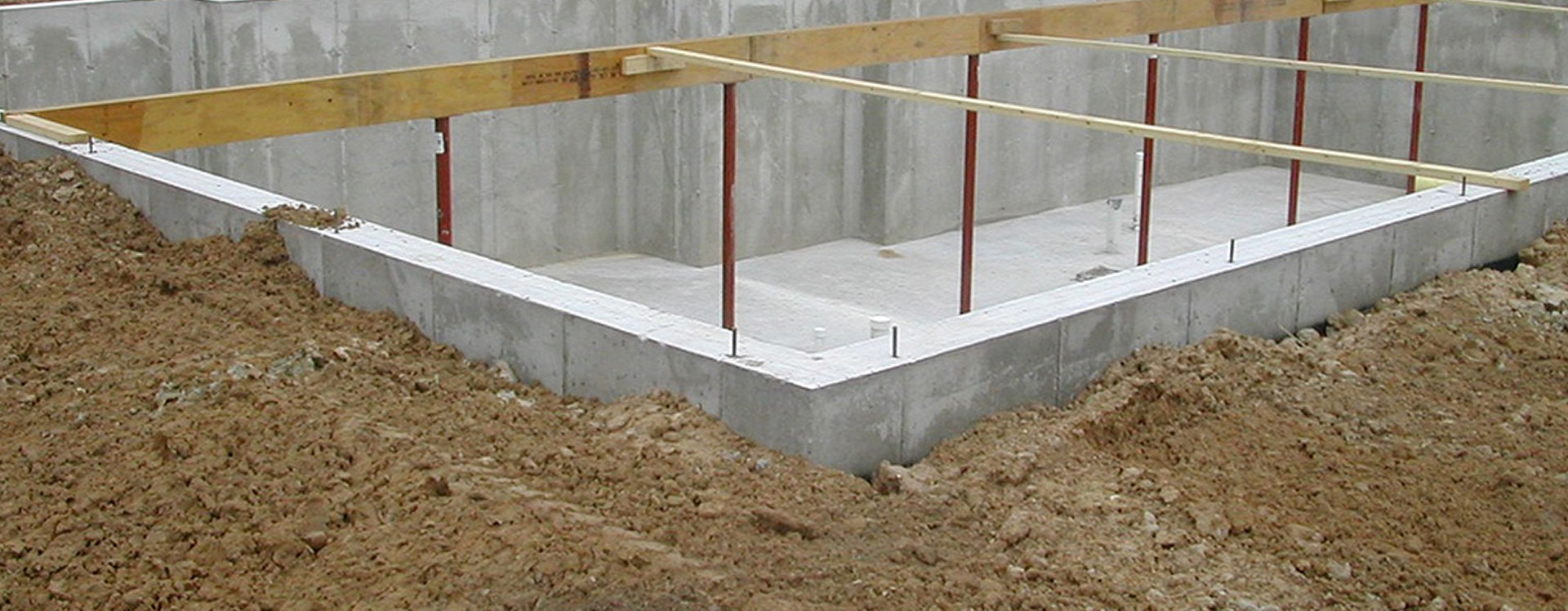Over time, the ground upon which your home is built can become unstable and shift. This can weaken your home’s structural integrity and cause its foundations to move too. This article will help you to identify the 4 key warning signs of a bad home foundation, as minor issues can lead to serious and more expensive issues if left ignored.
1. Cracks
One of the first major signs of a bad home foundation is cracks. Cracks indicate that the foundation is moving and putting pressure on your home, and is a result of a structure not being able to accommodate the movement to which it is subjected. There are two main considerations for cracking, the first is the nature and significance of the cause of movement, the second is the ability of the structure to accommodate movement.
Cracks can appear in a number of places, most notably, in exterior walls and bricks, interior walls, floors, ceilings, joints, and where these areas meet. Cracks can grow and develop over time, so keep an eye of them. You should look out for hairline fractures, stair-step cracks in masonry joints, and horizontal and vertical cracks.
2. Sloping Floors, Walls and Ceilings
You may be able to see or feel that your floors, walls and ceilings are sloped, perhaps one side looks slightly lower than the other. This issue will require serious foundation repairs. In period properties, sagging floors is considered usual due to methods of construction, however in modern properties, if a floor sags over time, this indicates that something has gone wrong.
It is, therefore, necessary to determine what changes occurred to cause the sagging floor so that the appropriate repairs can be carried out. You can use a spirit level to check whether your floors, walls and ceilings are sagging or buckling, and the extent to which they are uneven. Inspect corners, joints and chimneys too, which should all be straight.
3. Stuck Doors and Windows
Windows and doors that stick, jam and don’t close properly indicate issues with the foundation. You may also notice that windows and doors don’t line up with their frame, and there are gaps in between the door or window and its frame.
Doors and windows should fit snugly into place and shouldn’t be too tight or too loose. However, as the foundation moves, the walls shift, causing windows and door frames to become misaligned, making them harder to open and close. This issue can be resolved by determining what in the foundation is causing the doors and windows to alter.
4. Gaps & Spaces
When the foundation really starts to move and change, instability can cause gaps and ruptures in the frame. Gaps can appear in between doors and windows as the brick separates from the frame, and between the walls, floors, and ceilings as they separate and pull away from one another due to lack of support.
To resolve this issue, you need to go directly to the source to find a solution to what is causing the foundations to move to prevent it from happening in the future.
Identify these issues with your property now, before the problems transform into serious and more expensive concerns. You should look out for cracks, sloping walls, floors and ceilings, stuck windows and doors, and gaps and spaces, as they all indicate serious structural issues, and signal that you could need a new foundation.











